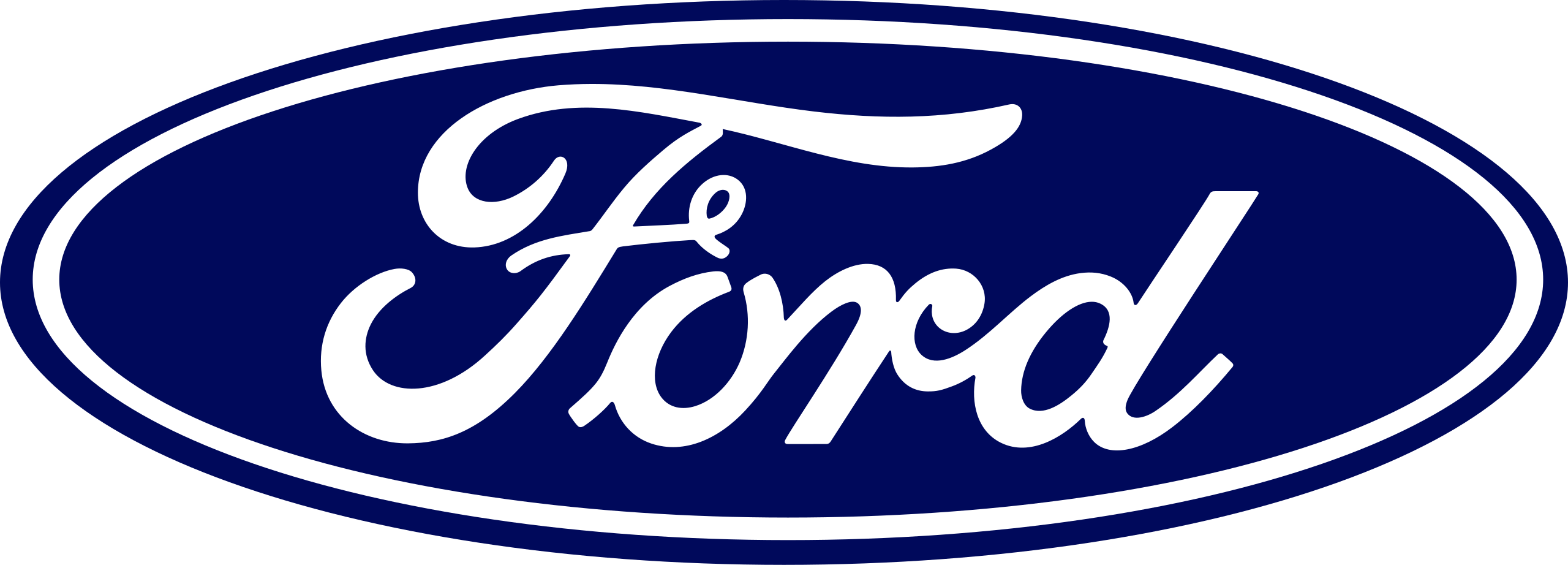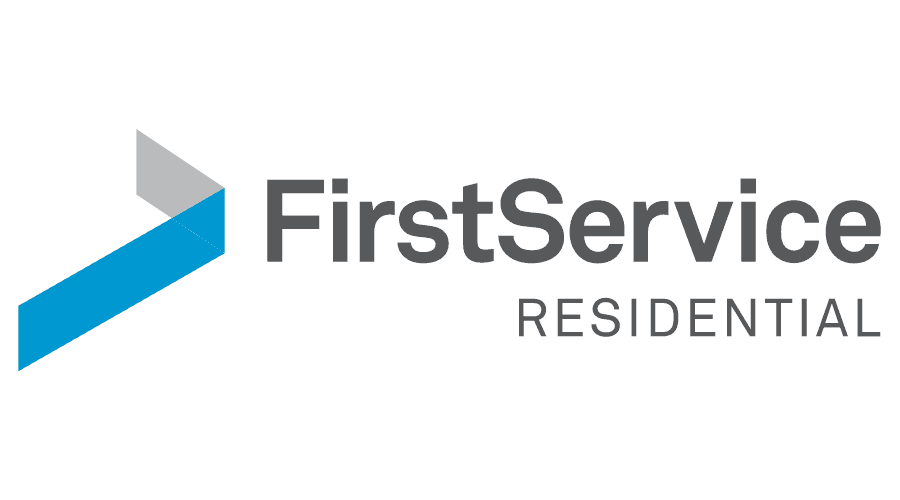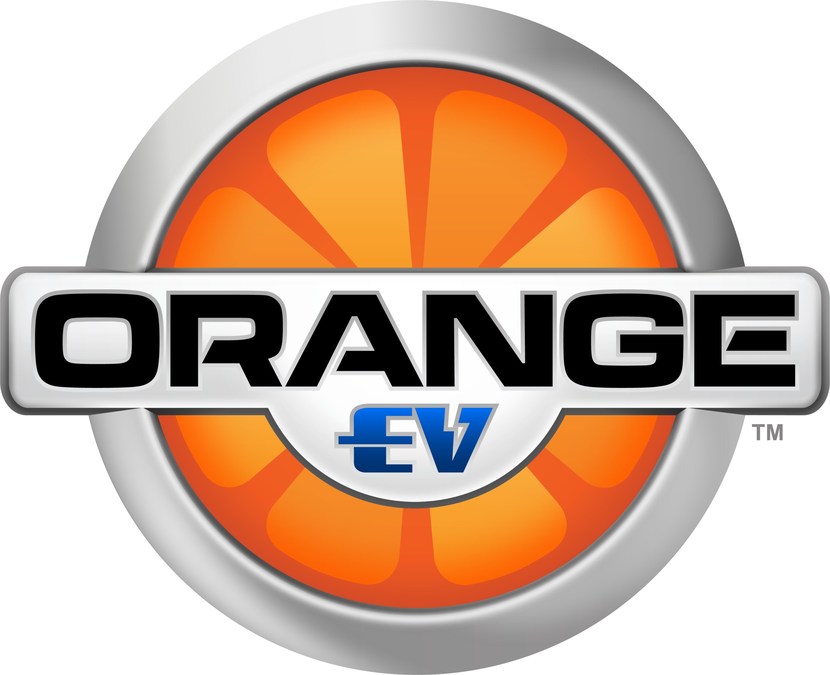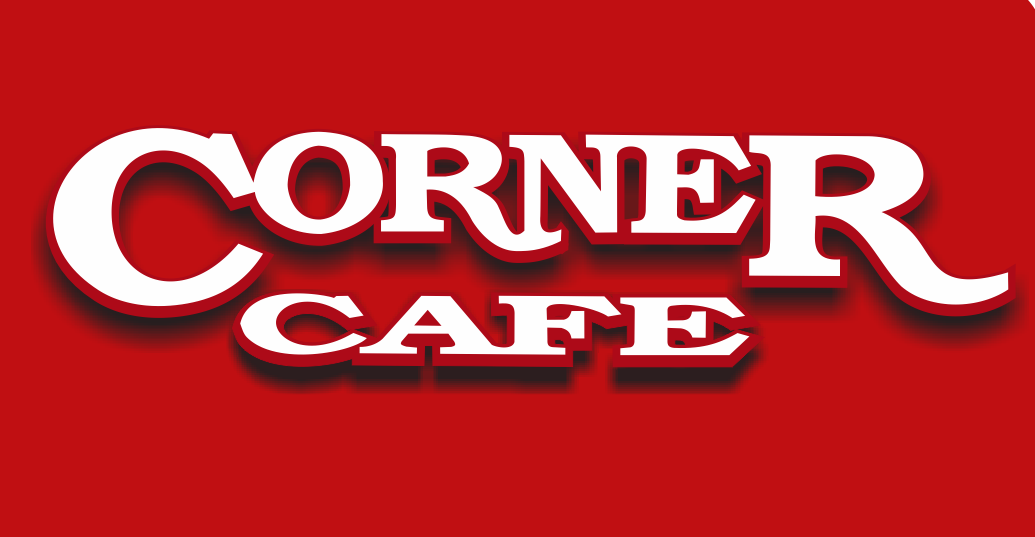Learn All About ADA-Compliant Signs
Businesses use ADA signs to make their premises accessible for all customers. Signs help people with vision, hearing, mobility, and cognitive difficulties navigate spaces safely. But not all business owners understand what is meant by ADA signage.
Some believe all accessibility signage has to be blue and white. Others think signs should be installed only at entrances.
It’s why we are creating this friendly guide to explain all about accessibility signs. In this blog, we’ll tell you all about ADA design, features, and installation.
ADA-compliant signs aren’t always optional – businesses that receive a lot of visitors are mandated to install signs.
What Are the Requirements for ADA Signs?
The Americans With Disabilities Act of 1990 has standardized signage across the US. But, it has created a misconception that all signs have to look the same.
In fact, the 2010 ADA Standards for Accessible Design allow a lot of flexibility in design. It’s best to work with a professional sign company for your signs. An experienced sign team will be able to make customized signs with your branding.
Here are some ADA requirements you should know about.
1. High Contrast
Signs must be high contrast. That means font and background must be clearly differentiated. Achieve contrast by having:
- Opposing colors for font and background.
- Light font on a dark background or dark font on a light background.
2. Glare-Free
The ADA prescribes signs cannot be glossy because that could create glare. A glossy finish can reflect light and make the sign harder to read for those with vision problems.
3. Simple Fonts
You are not stuck with having to use one font for your signs. That said, avoid italic, cursive, or oblique fonts. Simple san serif fonts are preferred because they make signs easier to read.
ADA signage doesn’t have to all look the same. Find out how you can design personalized bathroom signage for your business.
4. Raised Letters and Braille
Signs must have braille or raised lettering. That lets people read signs by touch. Even pictograms on the sign can be raised for added utility.
5. Pictograms
These symbols convey the meaning of the sign in a single image. Some of the most common ones are for wheelchair-accessible areas and the hearing loop sign.
Make sure you leave ample empty space around fonts and pictograms to maximize visibility.
6. Installation
The ADA also prescribes the location and height at which signs must be installed. For instance, door signs should be installed on the wall next to the door. Signs shouldn’t be within the arc of an opening door either.
7. No Obstructions
There should be no obstructions in front of the sign. A person should be able to walk up to the sign.
Get Custom ADA Signs in Kansas City, MO,
Happy Signs is passionately pro-ADA. We are strong believers that spaces should be accessible for everyone. Our team works with business owners to design custom ADA signs that:
- Incorporate your branding.
- Match your decor.
Get in touch with us to find out what kind of signs you need for your premises. We can build a single sign or a complete package for your premises.
Talk to a representative in Kansas City, MO, about ADA signs for your business.
The post Everything You Need to Know About ADA Signs appeared first on Happy Signs .



















